FEDERICO GARCÍA LORCA
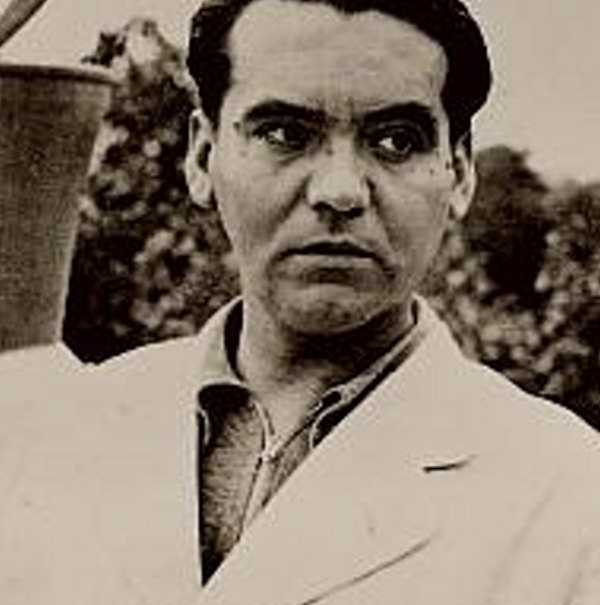
Releases
 Federico García Lorca, Miguel Herrero
Federico García Lorca, Miguel Herrero Canciones Y Poemas, Federico García Lorca
Canciones Y Poemas, Federico García Lorca Enrique Montoya, Enrique Montoya
Enrique Montoya, Enrique Montoya Maestros del Cante Flamenco: Pepe Albaicín
Maestros del Cante Flamenco: Pepe Albaicín Maestros del Cante Flamenco: Juanito Valderrama
Maestros del Cante Flamenco: Juanito Valderrama Lorca Al Piano, La Argentinita
Lorca Al Piano, La Argentinita Aperitivo Flamenco, Enrique Montoya
Aperitivo Flamenco, Enrique Montoya Federico García Lorca: Flamenco, Enrique Montoya
Federico García Lorca: Flamenco, Enrique Montoya Vintage Songs Of Spain
Vintage Songs Of Spain
Videos
Biography
Born on June 5, 1898, in Fuente Vaqueros near the city of Granada, the son of a liberal landowner, Federico García Lorca’s creativity would rear its head early. As a child, he was known to carry on conversations with inanimate objects, bestowing upon each object a personality and speaking with them as if they were living things and might speak back at any moment. As a child, he studied music, an activity which enhanced his natural sense of rhythm, and in his late teens, he began to write poems which he would recite in local cafés.
As a young man, García Lorca studied philosophy and law at the Universtiy of Granada, but he would soon abandon his legal studies for literature, art, and the theatre. In 1918, he published a book of prose inspired by a trip he had taken to Castile, and in 1919, he transferred to the University of Madrid where he organized theatrical performances and continued to read his poems in public.
Lorca’s first theatrical production, The Butterfly’s Evil Spell (1920), opened at the Eslava Theater in Madrid. Although the show closed after only one night, it gave García Lorca his first taste of theatrical fame. He published his first book of poems in 1921, and seven years later, his book of poetry Romancero Gitano or The Gypsy Ballads made him famous throughout Spain.
García Lorca returned to Spain in 1931 and formed his own theatre company. Composed mostly of students, “La Barraca” toured the countryside giving free performances of the Spanish classics, including the works of Lope de Vega, Pedro Calderón de la Barca , and Miguel de Cervantes. The company also produced the three “rural tragedies” on which Lorca’s theatrical reputation rests.
The first of these tragedies, Blood Wedding (1933), was based on a newspaper account of a bride who ran off with her lover on her wedding night. In this play, García Lorca heightens the woman’s conflict by placing her in the middle of an ancient blood feud. Intended to be part of a “trilogy of the Spanish earth”, Blood Wedding restored tragic poetry to the Spanish stage. Yerma (1934), also part of the Spanish earth trilogy, is the story of a woman who longs for motherhood, but who’s husband is incapable of giving her a child.
Sexually frustrated, and yearning for love, each of these women searches unsuccessfully for a way to escape her mother’s house. In the end, the youngest daughter kills herself when she is lead to believe that her lover has been murdered by her unforgiving mother. The role of Bernarda was written for the great tragic actress Margarita Xirgu. Although the play was never performed during Lorca’s lifetime, it is considered by many to be his masterpiece.
Although known for his tragedies, Lorca also wrote two popular farces, La Zapatera Prodigiosa or The Prodigious Cobbler’s Wife (1930) and El Amor de Don Perlimplín con Belisa en su Jardín or The Love of Don Perlimplín with Belisa in Her Garden (1933).
Unfortunately, García Lorca was to be an early casualty of the Spanish Civil War. Intellectuals were considered dangerous by Franco’s Nationalists, and in the early morning of August 19, 1936, along with a schoolmaster and two bullfighters, Lorca was dragged into a field at the foot of the Sierra Nevada Mountains, shot, and thrown into an unmarked grave. He had only finished the first draft of The House of Bernard Alba two months earlier and had recently told a Spanish journalist:
“I still consider myself a true novice, and I’m still learning my profession … One has to ascend one step at a time … [One shouldn’t] demand of my nature, my spiritual and intellectual development, something that no author can give until much later … My work has just begun.”
Lorca’s writings were outlawed and burned in Granada’s Plaza del Carmen. Even his name was forbidden. The young poet quickly became a martyr, an international symbol of the politically oppressed, but his plays were not revived until the 1940’s, and certain bans on his work remained in place until as late as 1971. Today, Lorca is considered the greatest Spanish poet and dramatist of the 20th Century.



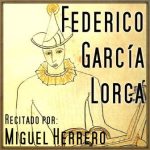 Federico García Lorca, Miguel Herrero
Federico García Lorca, Miguel Herrero Canciones Y Poemas, Federico García Lorca
Canciones Y Poemas, Federico García Lorca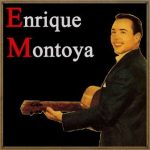 Enrique Montoya, Enrique Montoya
Enrique Montoya, Enrique Montoya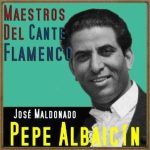 Maestros del Cante Flamenco: Pepe Albaicín
Maestros del Cante Flamenco: Pepe Albaicín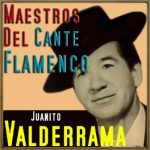 Maestros del Cante Flamenco: Juanito Valderrama
Maestros del Cante Flamenco: Juanito Valderrama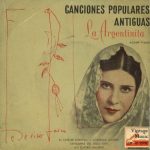 Lorca Al Piano, La Argentinita
Lorca Al Piano, La Argentinita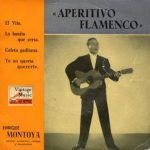 Aperitivo Flamenco, Enrique Montoya
Aperitivo Flamenco, Enrique Montoya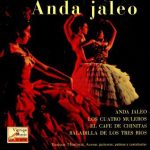 Federico García Lorca: Flamenco, Enrique Montoya
Federico García Lorca: Flamenco, Enrique Montoya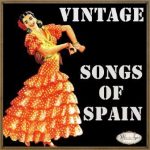 Vintage Songs Of Spain
Vintage Songs Of Spain



